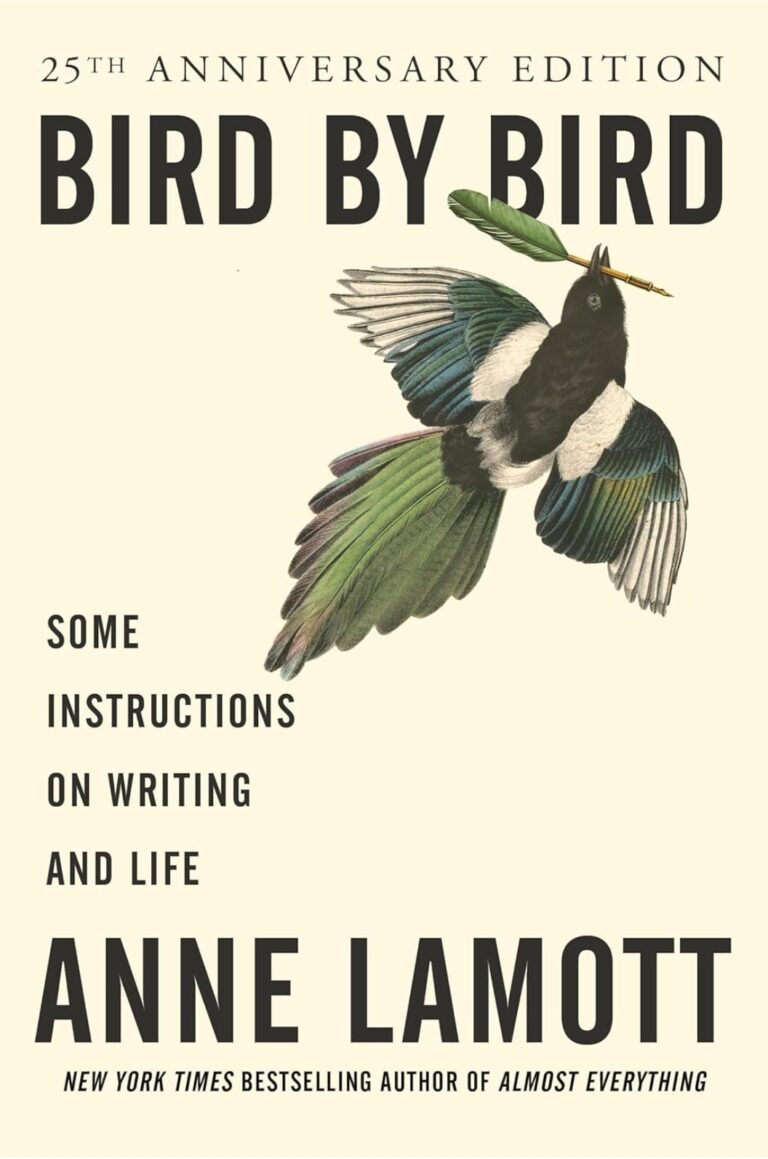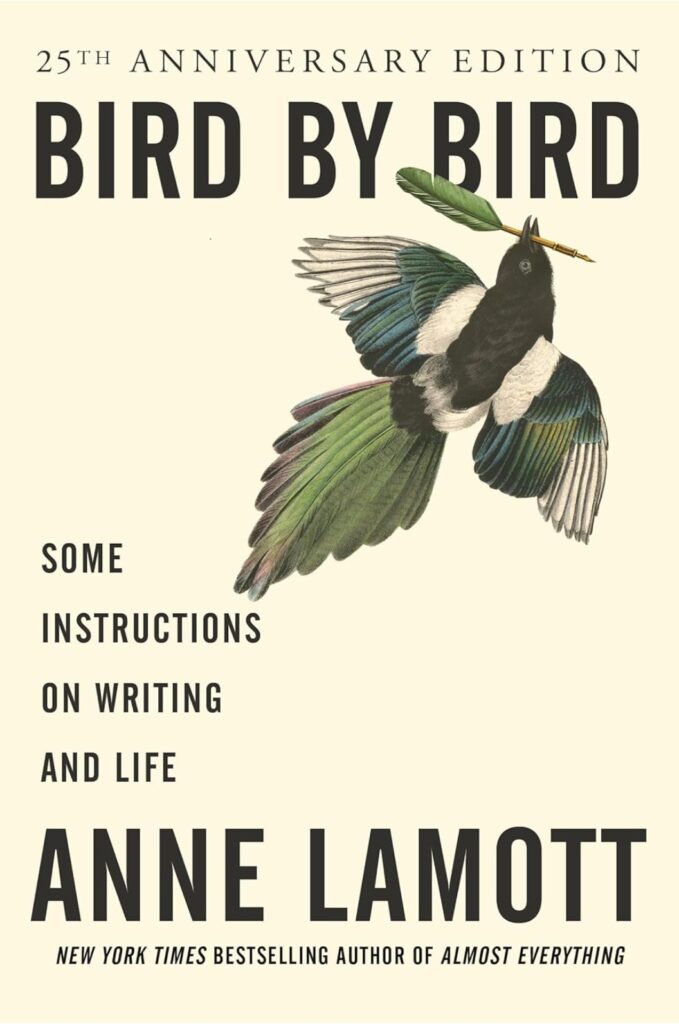Creating a vivid and immersive world in a short story can be a challenging but rewarding task. In my experience, the key lies in consistency and attention to detail.
World-building isn’t just about creating an exotic setting; it’s about making that setting feel real and lived-in for your readers.
Here’s how you can create a consistent and immersive world in your short stories, especially when dealing with the fantastical and the paranormal.
Table of Contents
ToggleThe Importance of Consistency in World-Building
I’ve found that consistency is crucial in world-building. When you create rules for your world, whether they involve magic, technology, or societal structures, those rules must be followed throughout your story.
This consistency helps maintain the believability of your world, allowing readers to fully immerse themselves in the narrative.
Establishing Clear Rules
In a story I wrote about a secret society of witches, I established clear rules about how their magic worked. These rules were consistent throughout the story, which helped maintain the internal logic of the world.
For instance, magic required significant energy and could only be performed at specific times. By adhering to these rules, I ensured that the world felt coherent and believable.
Avoiding Contradictions
Consistency also means avoiding contradictions. If a character can perform a certain action in one scene, they should be able to do it in another unless there’s a clear reason why not.
In a novella featuring a telepathic protagonist, I made sure that the limitations of her powers were consistent. She couldn’t read minds without direct eye contact, which created interesting challenges and maintained the story’s integrity.
Making the World Feel Lived-In
A world that feels lived-in is one that readers can easily imagine and believe in. I’ve found that small, specific details can make a big difference in creating this effect. Think about the textures, smells, sounds, and other sensory details that can bring your world to life.
Adding Sensory Details
In a recent story about a werewolf pack living in the mountains, I focused on sensory details to make the setting feel real.
Descriptions of the crisp mountain air, the sound of rustling leaves, and the scent of pine trees helped create an immersive environment. These details not only painted a vivid picture but also made the world feel tangible and believable.
Creating History and Culture
Every world, even a fictional one, has history and culture. In a novella about a hidden city of merfolk, I developed a rich cultural background, complete with traditions, rituals, and folklore.
This history added depth to the world and made it feel like a place with its own unique identity. Readers were able to connect more deeply with the story because the world felt so fully realized.
Balancing World-Building with Plot
While world-building is important, it’s equally crucial to balance it with your plot. In my experience, world-building should enhance the story, not overshadow it. The setting should serve the narrative and help drive the plot forward.
Integrating World-Building Seamlessly
I’ve found that integrating world-building seamlessly into the narrative keeps the story engaging. In a short romance involving a vampire and a human, I wove the history of vampires into the plot, revealing it through dialogue and character interactions.
This approach kept the pacing smooth and ensured that the world-building elements felt natural rather than forced.
Keeping the Focus on Characters
World-building is most effective when it supports character development. In a story about a human navigating an alien planet, I used the alien world’s challenges to highlight the protagonist’s growth.
The harsh environment and the alien culture pushed the character to adapt and evolve, making the world-building integral to the character’s journey.
Techniques for Immersive World-Building
Creating an immersive world requires a variety of techniques, from detailed descriptions to consistent rules and engaging characters. Here are some strategies I’ve used to create worlds that captivate readers.
Show, Don’t Tell
In my experience, showing rather than telling is a powerful tool in world-building. Instead of explaining how a society works, show it through the actions and interactions of your characters.
In a novella featuring a dystopian society, I revealed the world’s oppressive nature through the protagonist’s daily struggles and the societal norms they encountered.
Using Dialogue and Actions
Dialogue and actions can reveal a lot about your world without bogging down the narrative with exposition. In a story about an enchanted forest, characters’ conversations and their reactions to magical phenomena helped convey the world’s rules and nature. This approach kept the story dynamic and engaging.
Final Thoughts
Creating consistent and immersive world-building in short stories involves a delicate balance of detail, consistency, and integration with the plot and characters.
By establishing clear rules, adding sensory details, and weaving the world-building seamlessly into the narrative, you can create captivating worlds that draw readers in and keep them engaged.
In my experience, the most successful stories are those where the world feels as real and vibrant as the characters who inhabit it.









































